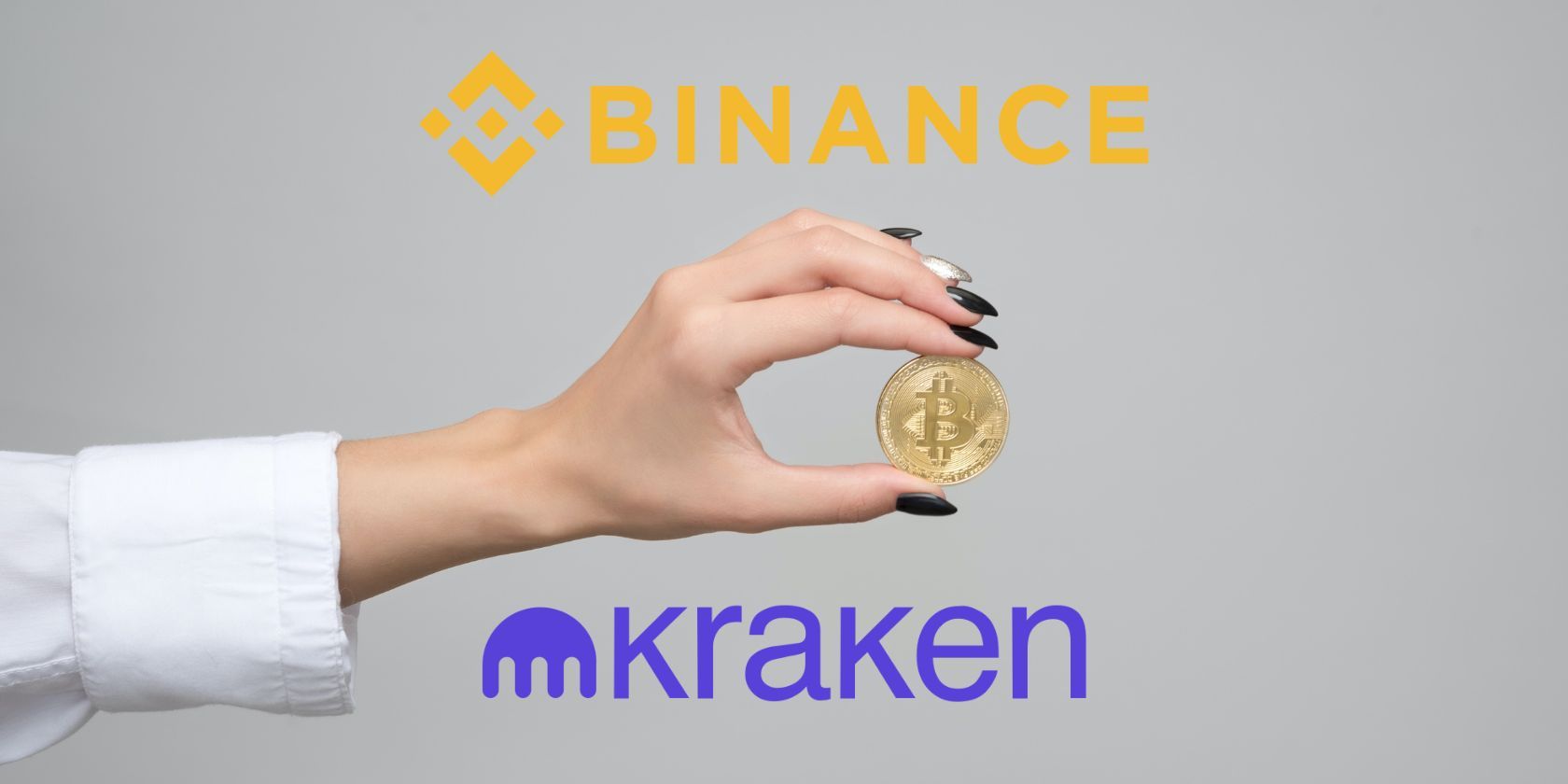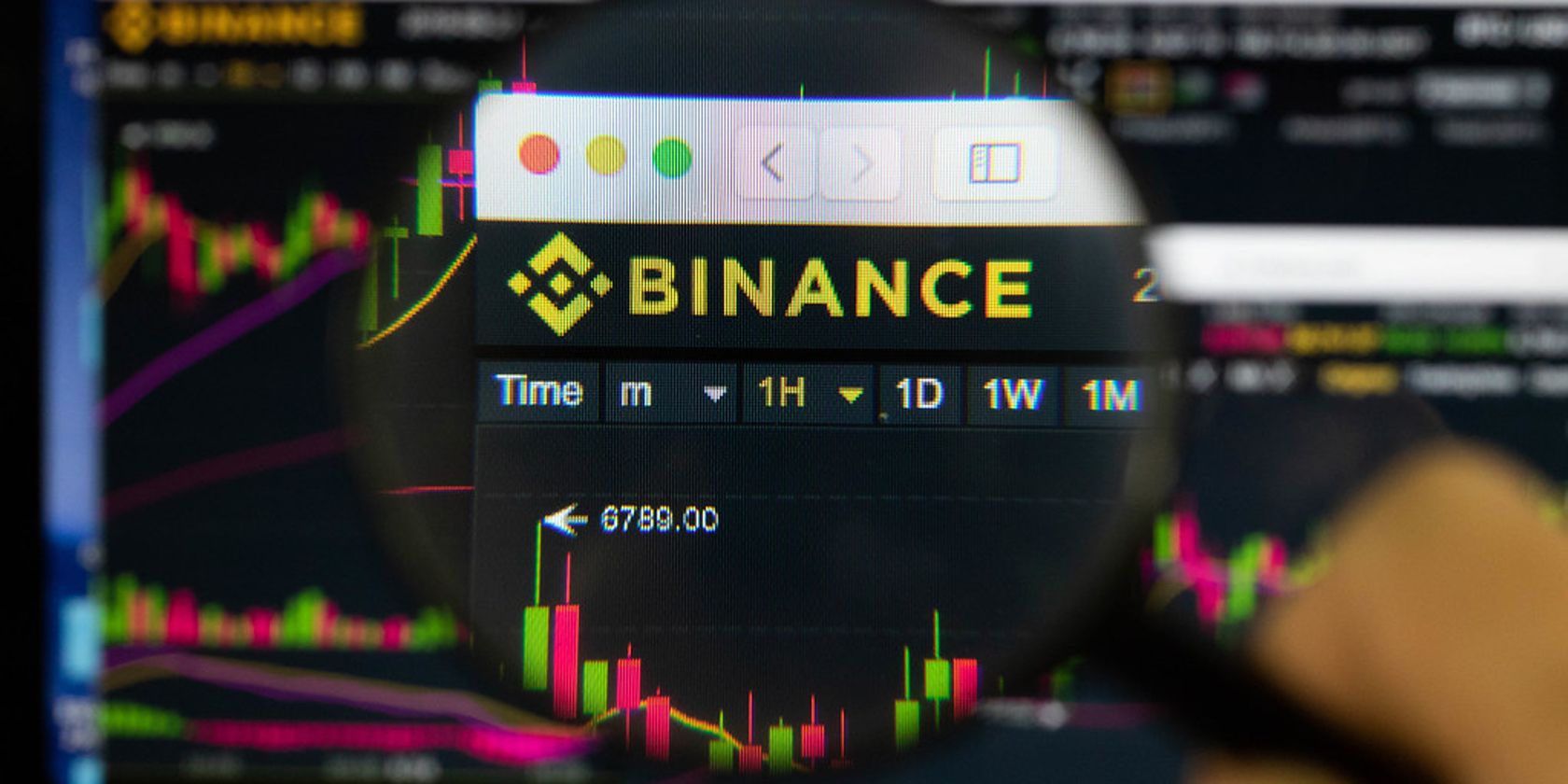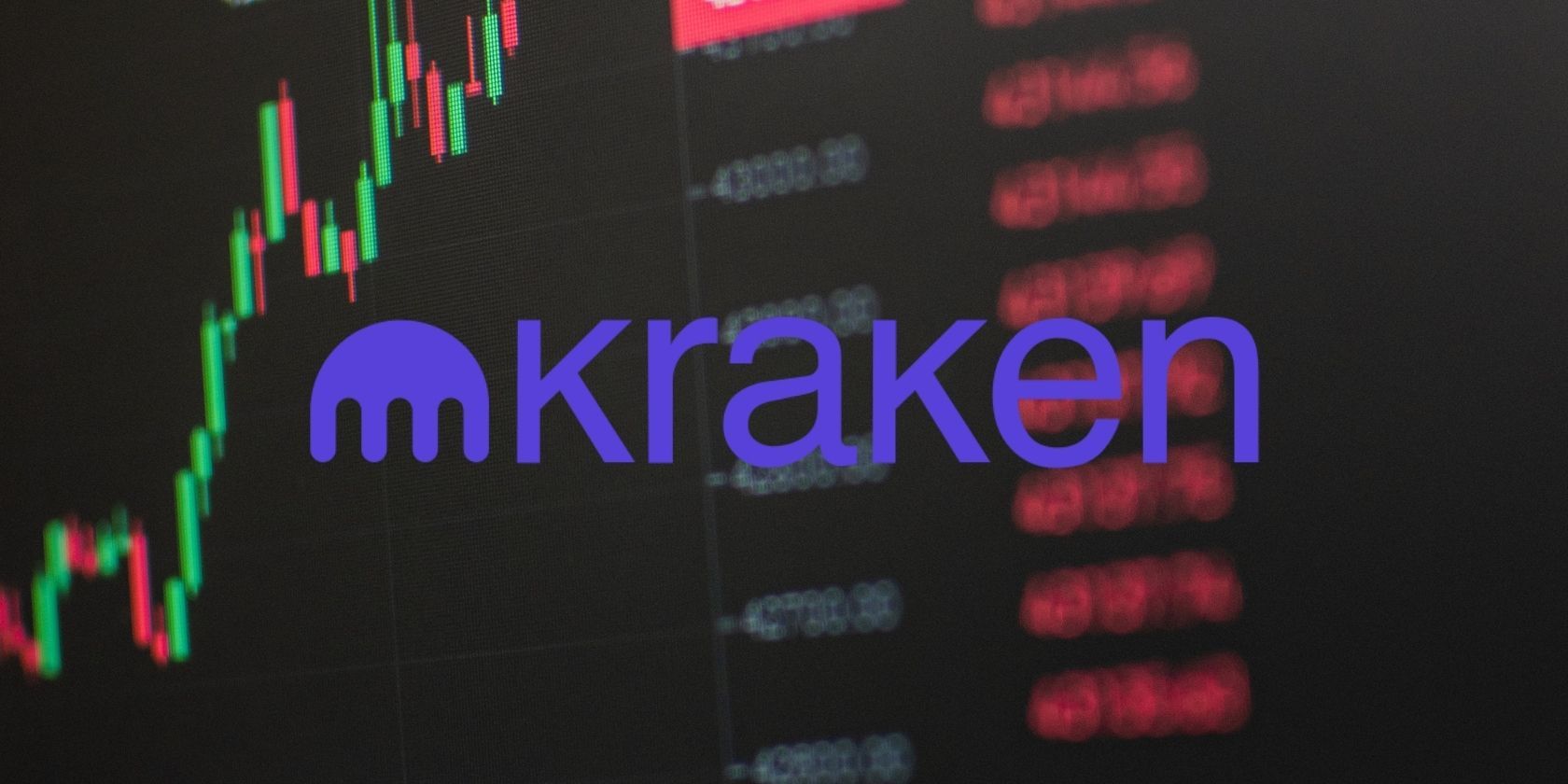
In the world of crypto, we have an abundance of choices for just about everything, be it assets, DeFi applications, or exchanges. Crypto exchanges form the basis of the industry, allowing users to buy, sell, trade, and stake using their assets. But it can be difficult to choose which exchange is right for you.
So, today, we’ll compare two major crypto exchanges, Kraken and Binance, to see which suits your crypto preferences.
What Is Binance?
Binance is one of the world’s most popular crypto exchanges, with a 24-hour trading volume of over $16 billion. Binance has almost 30 million users around the globe and offers a wide range of different features to fit each and every trader. What’s more, this exchange is available in the majority of nations worldwide. However, the U.S is one of the few countries excluded from this list.
So, let’s get into the ins and outs of the Binance exchange.
Supported Coins
When it comes to Binance, you certainly won’t be short of coins and tokens to choose from. Currently, Binance supports over 600 different assets, including market giants and smaller newcomers. Of course, you can trade classic assets like Bitcoin, Ethereum, Litecoin, Dogecoin, and Tether on Binance, but it doesn’t stop there. If you’re looking for up-and-coming currencies, Binance is also a useful avenue.
Binance also supports a range of different staking options. While many exchanges only offer a handful of staking assets, Binance currently hosts a list of one hundred assets for staking, though each asset has different rewards rates and conditions.
Security Features
If you’re entrusting your assets to any platform, you want to ensure they’re protected. This is why the security features offered by any given crypto exchange are incredibly important to consider. So, what’s Binance got to offer?
Firstly, Binance uses two-factor authentication to protect your account. Both Google Authenticator and SMS can be used for this process.
Additionally, you can use Binance’s address whitelisting feature to ensure that only addresses you’ve given the green light can conduct transactions with you. This will lower the chance of a malicious actor sending your funds to a random wallet address.
You can also rest easy knowing that Binance offers FDIC insurance for any balance in the form of U.S dollars.
Fees
Fees can often be a make or break factor when it comes to choosing a crypto exchange. Some exchanges can take big chunks of your profits each time you make a transaction, which can be incredibly frustrating. So, how does Binance measure up in terms of fees?
At the moment, Binance charges a 0.1% maker and taker fee, which is pleasantly low compared to other platforms. Because Binance uses a maker-taker model, there are no spread fees. Additionally, the exchange doesn’t charge for deposits, withdrawals, or staking.
Additional Features
As previously discussed, Binance offers staking on various assets, including Ethereum, Solana, Cosmos, and Shiba Inu. You can also participate in Polkadot slot auctions using either your Polkadot or Kusama funds.
Binance also offers its users spot, margin, and P2P trading. You can also take part in strategy trading or yield farming or even open a crypto savings account. In short, there’s a lot you can do on Binance beyond simply buying and selling assets, and, with such low fees and wide geographical availability, this could certainly be the exchange for you.
Now, let’s do a deep dive into the Kraken exchange.
What Is Kraken?
Kraken is another widely popular cryptocurrency exchange founded in 2011 when the cryptocurrency industry was still in its infancy. Since then, Kraken has become a common option for crypto traders worldwide. Though some countries do not support Kraken trading, such as Afghanistan and Syria, Kraken is available in most nations.
So, what makes Kraken a top choice for crypto holders?
Supported Coins
Kraken currently supports almost 200 coins. Though this isn’t nearly as many as Binance, you still have a lot of assets to choose from. Kraken supports all the industry giants like Bitcoin, Ethereum, and Dogecoin, and also hosts a number of smaller cryptos that are newer to the market.
Security Features
Kraken offers users a range of security features to protect their accounts as much as possible. Firstly, you can use two-factor authentication for login so unauthorized parties cannot access your account as easily. Kraken uses both Google Authenticator and Yubikey for two-factor authentication.
Kraken also prohibits SMS and phone account recovery and offers an account timeout window that you can alter to your preferences so that you don’t leave your account page open for long periods without realizing it. Your sensitive data is also fully encrypted by Kraken so that malicious actors cannot view your private information when it is at rest or being transferred.
Kraken’s team also monitors the platform around the clock for any suspicious activity, mitigating the chance of cybercriminals being successful in their attempted attacks on Kraken users. You can also use Kraken’s email confirmation feature for all withdrawals, which adds an extra layer of security to your account.
Fees
When it comes to fees, Kraken’s are slightly higher than those offered by Binance but are still by no means outrageous. Like Binance, Kraken uses the maker/taker fee model and currently charges a 0.16% maker and 0.26% taker fee. But Kraken does not charge at all for any withdrawals or deposits and, of course, doesn’t charge spread fees due to the use of the maker/taker structure.
Kraken also does not charge a fee for on-chain asset staking on its platform, which is a big plus. But you may incur a fee for off-chain staking.
Additional Features
Kraken currently supports staking for 15 different assets on its exchange, including Solana, Cardano, Ethereum, and Tezos. Its three off-chain staking options, Bitcoin, euro, and U.S dollar, are all subject to geographical availability, so it’s important to check whether your country of residence allows for the off-chain staking of your desired asset.
On top of this, you can take part in slot auctions on Kraken using either Polkadot or Kusama.
Kraken also offers a range of other features, including margin and futures trading. The platform also offers a feature known as CryptoWatch, which you can use to keep track of your portfolio and various markets. This added layer of analysis can help you in making trading decisions.
Lastly, Kraken is currently developing an NFT marketplace that you can use to sell, secure, and collect NFTs. While this is not available at the time of writing, you can join the waitlist to be notified when it is finally launched.
Kraken vs. Binance: The Final Verdict
While both Kraken and Binance are fantastic crypto exchanges with lots to offer, it seems that Binance comes out on top in many ways. Not only is Binance cheaper overall, but it supports more coins, offers more staking options, and has more trading features in general.
But this isn’t to say that Kraken is a poor choice for crypto trading. This is also a diverse and ever-growing exchange that can provide you with a secure and useful platform for your crypto needs.
Research Your Crypto Exchange Before Using It
If you’re going to entrust your crypto holdings with any exchange, it’s very important that you do a little reading around its reputation and security protocols before doing so. Additionally, it’s always worth checking what features an exchange offers to see whether you can achieve your crypto goals using that specific platform. That way, you can ensure that the exchange you choose suits you and your preferences well.
This news is republished from another source. You can check the original article here





